The bonkers beauty of the bauble

Roula Khalaf, Editor of the FT, selects her favourite stories in this weekly newsletter.
Tiny, shiny Christmas tree treasures hold the world in miniature. As much a cultural barometer as a decorative garnish, these delicately moulded forms have long reflected the fads, passions and significant moments of the age: from the advent of the motorcar to the rise of the Zeppelin.
Before we bought ornaments they would have been crafted at home, and typically edible. The first recorded sighting of a decorated evergreen was in eastern Europe in the early 16th century, and ever since, the magpie-eyed have been trimming their trees with whatever they had to hand – anything from apples to embellished potatoes, bonbons to biscuits, cutlery to jewellery.
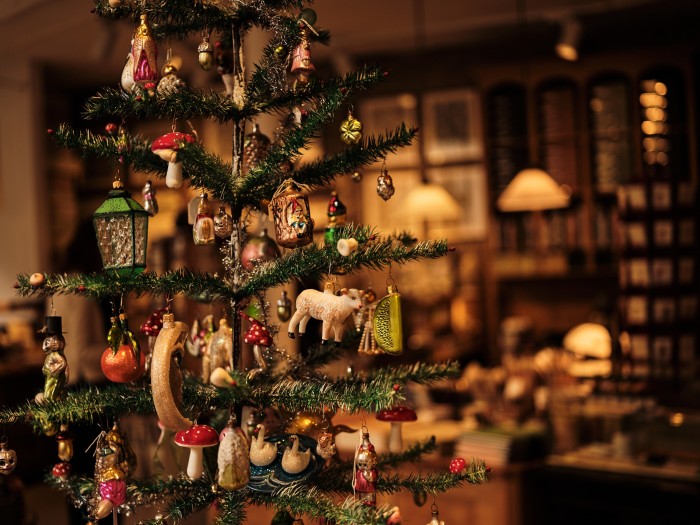
According to Phillip V Snyder’s 1977 bauble bible, The Christmas Tree Book, the first glass ornaments from Germany arrived in the US in the 1860s. By the 20th century, the “German toy” (as Charles Dickens called the tree) was brimming with decorations. These “Christmas dressings” supplanted consumables, and by the 1890s the children of affluent families were hosting tree parties to parade their festooned firs.
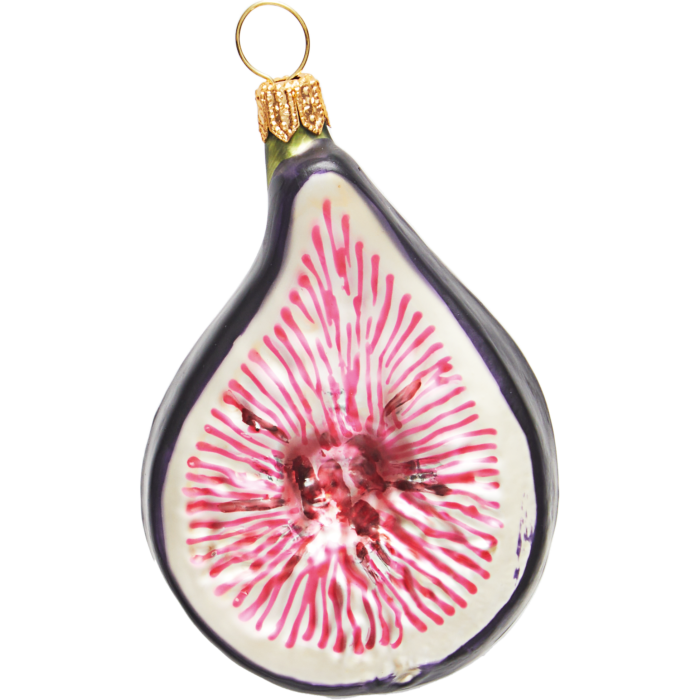
Choosing Keeping hand‑blown glass Half Fig, £12

Choosing Keeping hand‑blown glass Blue Moon with Star, £55
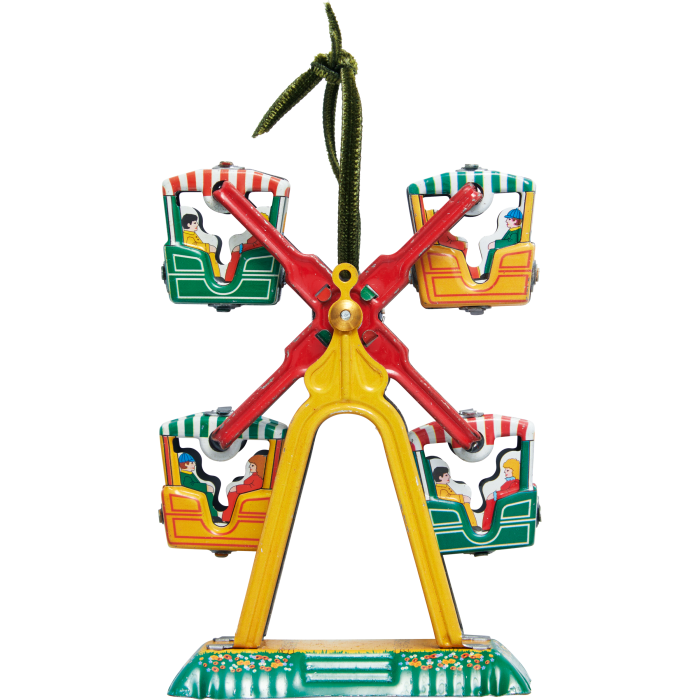
Choosing Keeping Tin Toy Ferris Wheel Christmas Ornament, £22
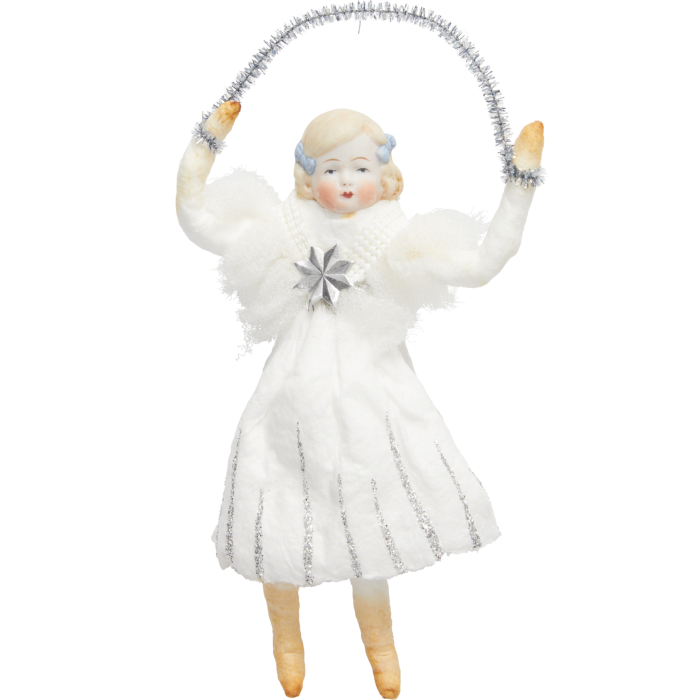
Choosing Keeping spun-cotton, tinsel and ceramic Snow Baby, £120
“Americans love the holidays more than any other nationality,” says Julia Jeuvell, founder of London paper goods store Choosing Keeping, known for its seasonal edit of Christmas ephemera (baubles from £10). Some US customers are known for having eight trees, each decorated with a different theme. One avid collector, London interior designer Hubert Zandberg, has such a penchant for ornaments he has had to arrange for extra dedicated storage. He compares his early-20th-century examples to little molecular artworks akin to sculpture. “Whether it’s a bauble or a carved chair, it’s the same passion and craftsmanship that goes into making it,” he says.
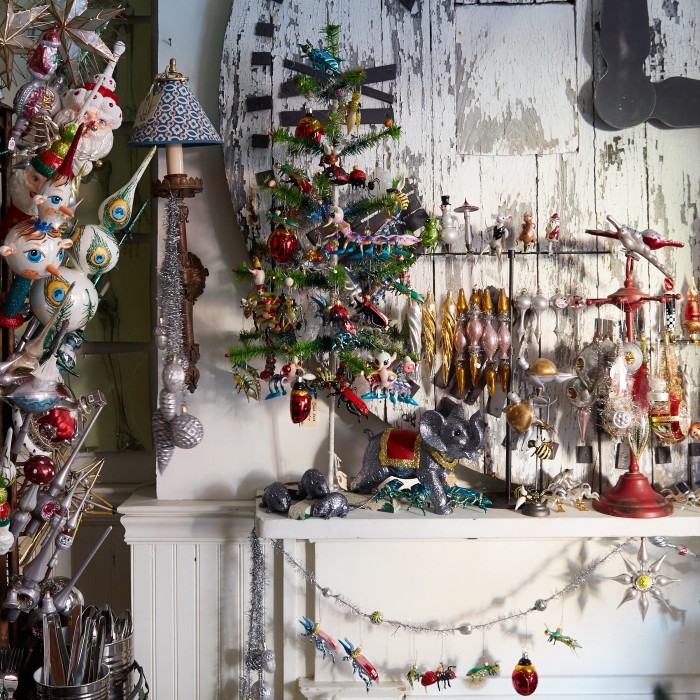
Jeuvell only buys baubles from independent artisans and family-run European businesses. Earlier this year, she took a trip to Lauscha, the mountainous German home of the glass bauble. There she discovered “a kitchen table art that’s both beautiful, magical and silly – and an important part of our cultural heritage”, but also that the painstaking process of mouth-blowing, handpainting and decorating each glass trinket – which once occupied more than 2,000 homes in the region – has all but disappeared. Today, only a handful of makers remain.
In recent years, Lauscha locals have been foraging the forest floor, unearthing stashes of discarded doll parts, and refashioning them into tree ornaments – called snow babies – whose bodies are crafted from spun cotton, complete with vintage clothing and accessories: from little birds to minuscule wax candles. Choosing Keeping’s current Christmas window – created with decorative artist Magdalena Gordon – is an ode to this slightly eerie 1930s Germanic Christmas (ornaments from £120). “The porcelain faces have been buried in the earth for 100 years and now they’re getting this whole new life,” says Jeuvell. “It’s at once terrifying and completely wonderful.”
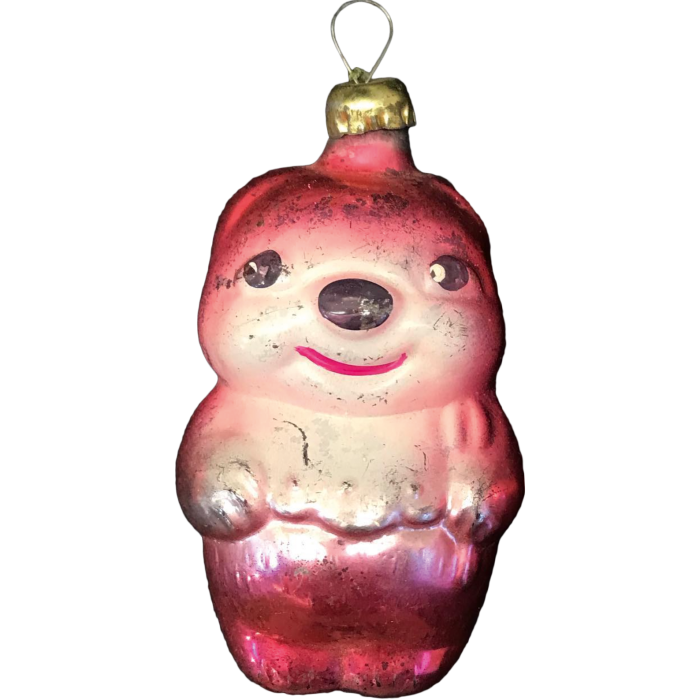
Vintage decoration from a selection at Michael Horner Antiques at Alfies Antique Market, from £17.50
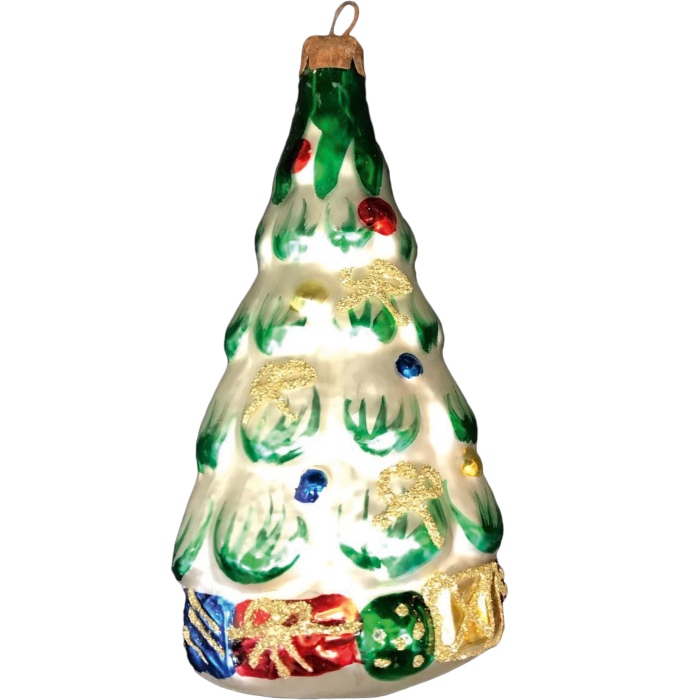
Vintage decoration from a selection at Michael Horner Antiques at Alfies Antique Market, from £17.50
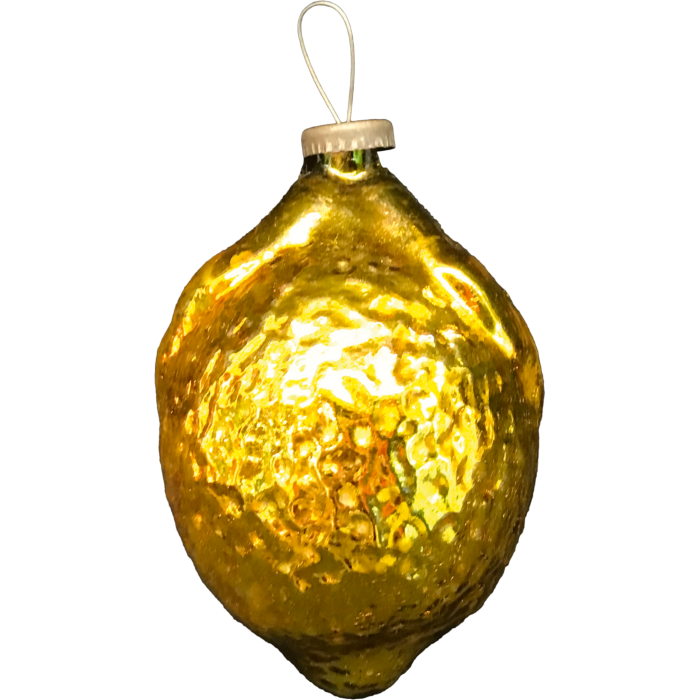
Vintage decoration from a selection at Michael Horner Antiques at Alfies Antique Market, from £17.50
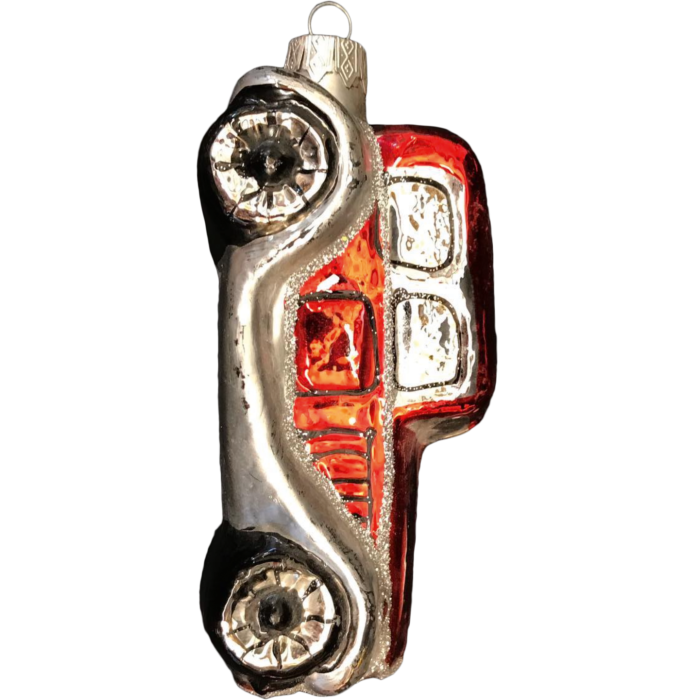
Vintage decoration from a selection at Michael Horner Antiques at Alfies Antique Market, from £17.50
“A tree should be eclectic,” says Michael Horner of Horner Antiques. A specialist in antique and vintage Japanese ceramics, Horner is renowned at Alfies Antique Market in Marylebone for his year-round display of baubles from the former Soviet Union – as well as Austria, India, Poland and East Germany. “They’re not technically Christmas decorations,” he qualifies, “since the Soviets banned Christmas in the 1920s and brought it back in 1935 as a New Year celebration.” His stall showcases the highly distinctive baubles from that period and from Russian literature and folktales. There are all manner of vegetables. Nikita Khrushchev’s trip to the American Midwest in 1959 inspired an abundance of wheat and corn sheaves. And a trio of figures called The Wizard Chernomor from Pushkin’s 19th-century poem acts as an undercover stand-in for the three wise men.
“People love them because they’re so unusual,” says Horner – especially the thick glass Kremlin decorations (up to £75). The weirder they are, the faster they sell – walruses, giraffes and crocodiles fly out the door. Horner’s global customer base includes an American customer who has a secret stash shipped annually in a shoebox (her husband hates vintage decorations) and interior decorators wanting to fill 12ft trees in a single swoop (something Horner estimates usually requires upwards of 500 baubles). Horner sets the continued appeal squarely in nostalgia: “It reminds people of their mother’s and grandmother’s tree; taking them back to times when they felt safe.”

Gardener Charlie McCormick gathers baubles of corgis and all manner of flora and fauna to fill his and his partner Ben Pentreath’s heavily laden tree. It’s reminiscent of the one he decorated in his grandparents’ New Zealand home. “I can’t help myself,” he says. “I go for anything strange or fun. The more bonkers the better.” His latest addition is a miniature heart in glass. This OTT approach has drawn derision from a few of his 179,000 followers, horrified by the mismatching. But McCormick is undeterred. “It doesn’t need to match,” he says. “I love the idea of slowly building up more and more decorations each year.”
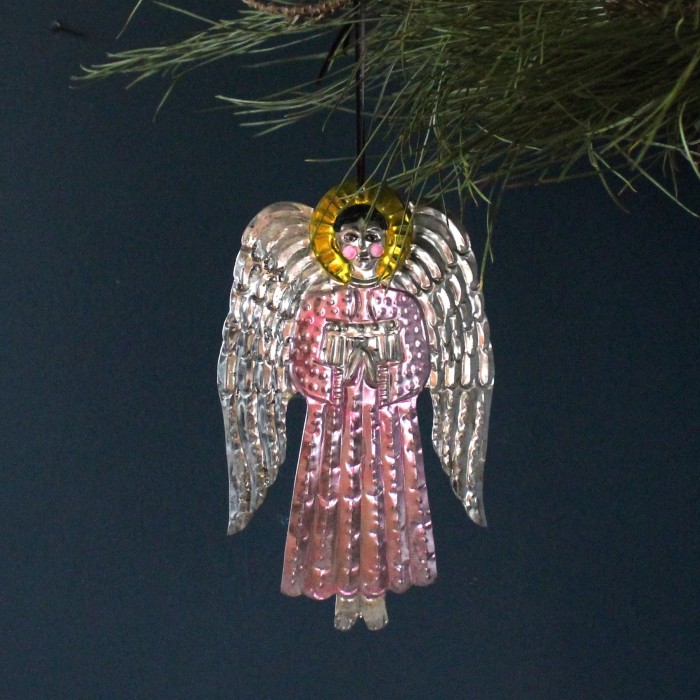
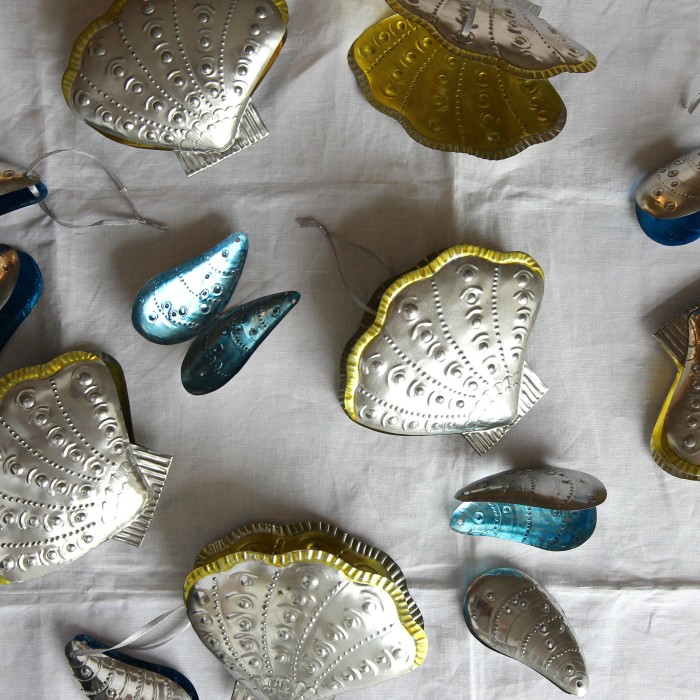
John Derian agrees: “It’s a fun way to express yourself. They become heirlooms.” Every winter, the designer’s Manhattan store is filled with some 40,000 trinkets including glass baubles ($20 to $352) hand-blown in Poland. It’s so full-on and frenzied it requires nightclub-style ropes to manage the waiting crowd. Though Derian’s own tree at home is what he calls “very Charlie Brown” (aka pared-back), he never stops being astounded by the wonder of baubles – from dragons to steaks to water bottles. “If you took away the Christmas element, these are beautiful objects you’d want to display in the home year round,” he says. He once gave glass dumbbells to the guy who runs his gym.
As well as presents, baubles also make very pretty table placements, says Samantha Allan, who co-founded Cumbria-based craft emporium The Shop Floor Project with her mother Denise in 2006. Over the years, the pair’s luminescent decorations made from tin (used for some of the oldest commercially produced decorations; from £16) have drawn from richly gilded medieval illuminations to the carved wooden angels found in ancient East Anglian churches. This year, there’s a nautical theme featuring sirens and scallops inspired by Victorian shell grottoes. These Mexican-made, embossed and handpainted beauties are feather-light, and open up like offerings to be filled with messages or secrets. It’s festive joy encased in a single silvery shell.
Comments